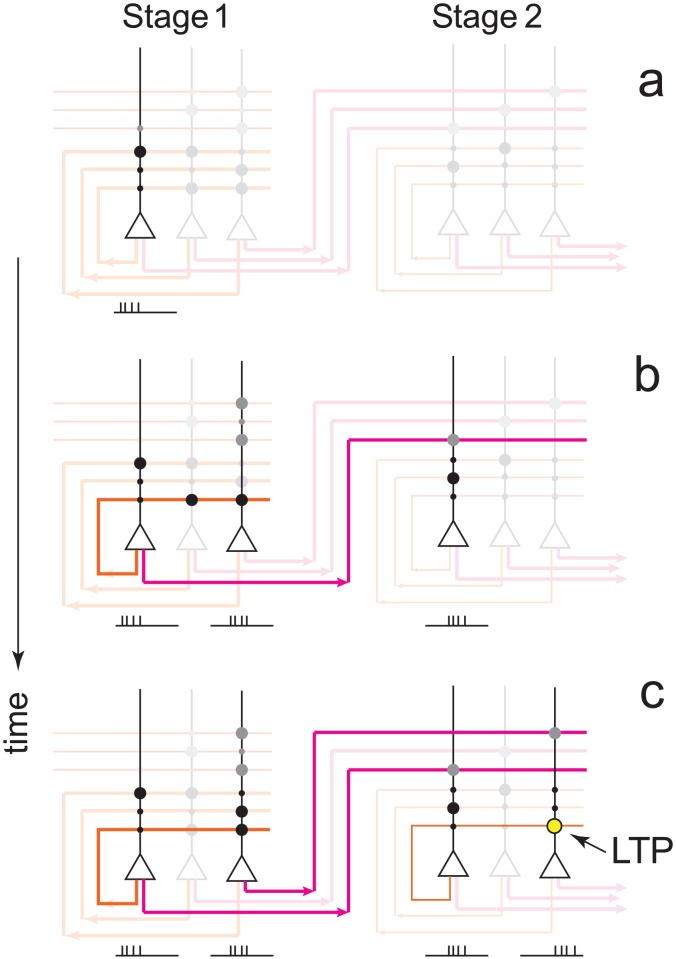Figure 5. A schematic example of the transfer process.
Synapses are here transferred from stage 1 to stage 2, the same mechanism applies to any other two consecutive stages. During the transfer process the feed-forward connections are up-regulated, and the recurrent connection of the target stage are down-regulated. The process starts with the stimulation of a fraction  of randomly chosen neurons in stage 1 (a). The activity of the neuron is schematically represented by a train of spikes. The axon branches of the activated neurons (in this example only one neuron is activated) are highlighted. (b) the spontaneous activation of neuron 1, causes the activation of the corresponding neuron in stage 2 and of the stage 1 neurons that are most strongly connected. The process of relaxation has started. (c) the recurrently connected neurons of stage 1 which are activated, excite and activate the corresponding neurons in stage 2. As a result of the consecutive activation of the two highlighted neurons in stage 2, the synapse pointed by an arrow is potentiated, ending up in the same state as the corresponding synapse in stage 1. The strength of one synapse in stage 1 has been successfully copied to the corresponding synapse in stage 2.
of randomly chosen neurons in stage 1 (a). The activity of the neuron is schematically represented by a train of spikes. The axon branches of the activated neurons (in this example only one neuron is activated) are highlighted. (b) the spontaneous activation of neuron 1, causes the activation of the corresponding neuron in stage 2 and of the stage 1 neurons that are most strongly connected. The process of relaxation has started. (c) the recurrently connected neurons of stage 1 which are activated, excite and activate the corresponding neurons in stage 2. As a result of the consecutive activation of the two highlighted neurons in stage 2, the synapse pointed by an arrow is potentiated, ending up in the same state as the corresponding synapse in stage 1. The strength of one synapse in stage 1 has been successfully copied to the corresponding synapse in stage 2.

